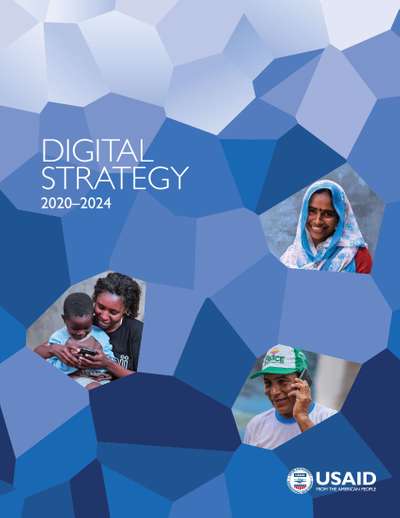
Countries around the world are in the midst of a historic digital transition. The rapid development and adoption of digital technology are transforming industries, governments, economies, and societies. Digital ecosystems—the stakeholders, systems, and enabling environments that together empower people and communities to use digital technology to gain access to services, engage with each other, or pursue economic opportunities— hold immense potential to help people live more freer, healthier, more prosperous lives. These ecosystems can help drive economic empowerment and financial inclusion, advance national security, support accountability and transparency in governance, introduce new and innovative health solutions, and make development and humanitarian assistance more efficient and effective.
Digital transformation comes with the risk of increasing inequality, repression, and instability. Malign actors capture digital infrastructure to advance divisive messaging, crime, and illicit finance. Despite the global prevalence of mobile phones and the Internet, the reality in many communities does not yet reflect the potential of a digital ecosystem that drives sustainable and equitable growth. Vulnerable or marginalized groups often find themselves excluded from the digital ecosystem because of inadequate infrastructure or a lack of affordable or relevant products, services, and content; or because political, social, environmental, or economic factors inhibit equitable uptake.
Now more than ever, as the global development community works to deliver life-saving assistance and relay crucial information in the face of the pandemic of COVID-19, the role of digital technology is undeniable. Teachers deliver lessons remotely to homebound classes; health care workers diagnose patients via telemedicine to minimize their risk of exposure; and people worldwide seek out online information about the pandemic’s impact on their lives and livelihoods. Across all of these activities, digital technology is what allows us to remain connected even while physical distancing requires us to be apart. It is more important than ever for USAID to help communities be resilient in the face of threats like this global pandemic, by ensuring all countries have robust digital ecosystems that are open, inclusive, secure, and of benefit to all.
In light of this, The U.S. Agency for International Development (USAID) Digital Strategy (2020-2024) will position the Agency to advance our mission—to end the need for foreign assistance—through digitally supported programming that fosters the Journey to Self-Reliance in our partner countries and maximizes the benefits, while managing the risks that digital technology introduces into the lives of the communities we serve.